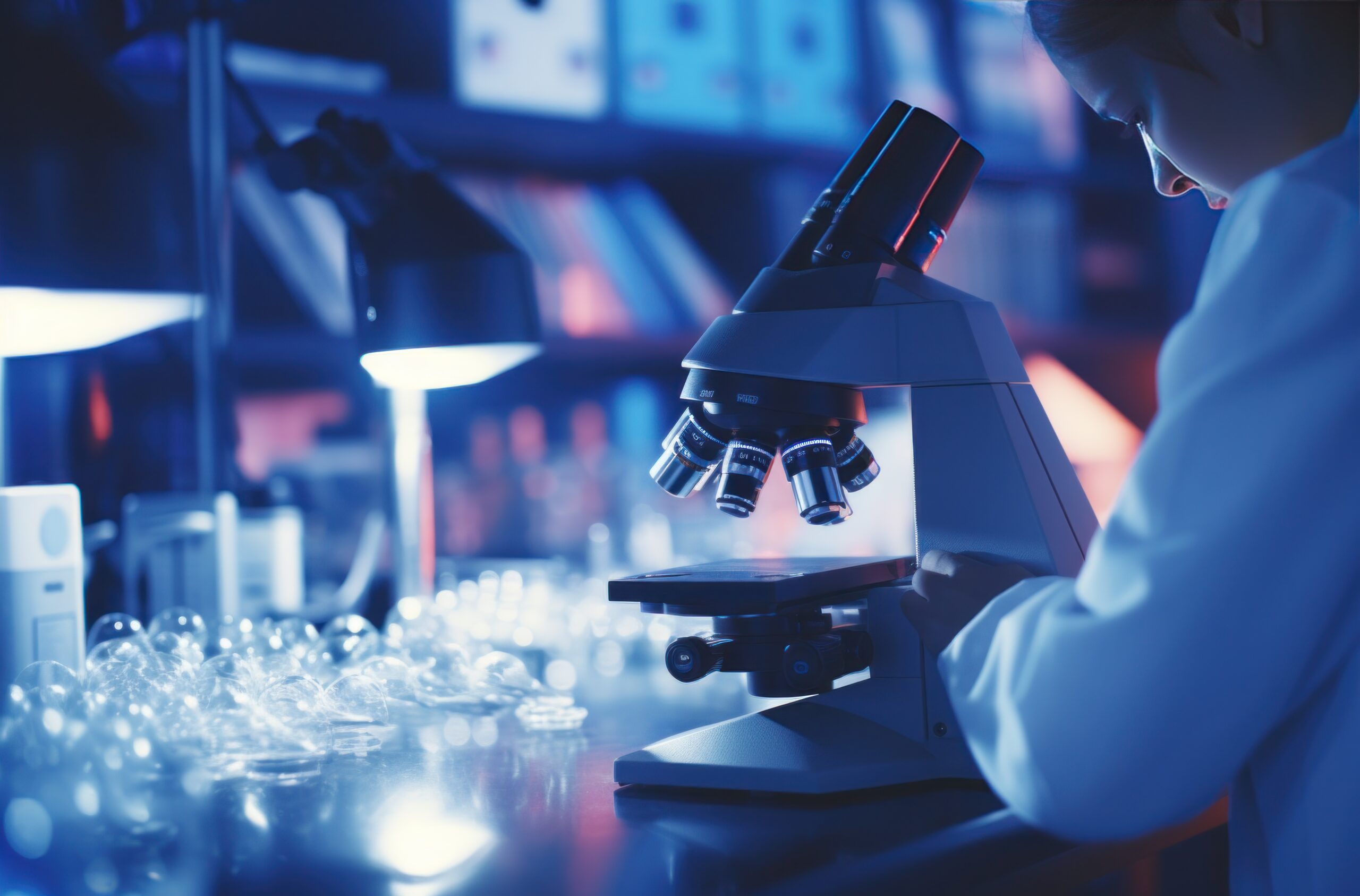Your cart is currently empty!
Categories
- BPC-157
- CJC-1295 (with DAC)
- CJC-1295 No Dac
- Epithalon
- Follistatin
- General Peptide
- GHK-cu (Copper Peptide)
- GLP-1/GIP
- GnRH (Gonadotropin-Releasing Hormone)
- HCG (Human Chorionic Gonadotropin)
- Ipamorelin
- Kisspeptin
- Melanotan II (MT2)
- MK-677 (Ibutamoren)
- MOTS-c
- NAD+
- Oxytocin
- Peptide Storage
- Peptides
- PT-141 (Bremelanotide)
- Research Dosages
- Research Supplies
- Retatrutide
- Selank
- Semaglutide
- SNAP-8
- TB500 (Thymosin Beta-4)
- Tirzepatide
- Topical Peptides
Social Links
Best Type of Insulin Syringe for Peptide Reconstitution
For peptide reconstitution, the best type of insulin syringe is typically one with a small capacity (such as 1 ml or 0.5 ml) and fine gauge needles. While insulin syringes are primarily designed for insulin administration, their small size and fine needles make them well-suited for precise measurements when reconstituting peptides, particularly for small doses.…
Bac Water vs Sterile Water
What’s the Difference? The main difference between bacteriostatic water and sterile water lies in their composition and intended use: Key Differences:
Peptide Storage & Handling
Lyophilized peptides should be stored in a cool, dry, and dark place at -20°C or colder to maintain their stability and potency: Before using the peptide, allow it to warm to room temperature to reduce moisture uptake. After removing the desired amount, reseal the vial, preferably under an inert gas, and return it to cold storage.
Raw Peptides vs Lyophilized Peptides
Raw powder peptides and lyophilized peptides are not the same, although they can appear similar in their dry form. Here’s a detailed distinction between the two: Raw Powder Peptides Production Method: Characteristics: Storage and Handling: Lyophilized Peptides Production Method: Characteristics: Storage and Handling: Summary
What are Lyophilized Peptides?
Importance of Lyophilization in Peptide Research Lyophilized peptides, also known as freeze-dried peptides, play a crucial role in various fields such as pharmaceuticals, biotechnology, and research. In simple terms, it’s the process of removing water from peptides to enhance their stability and shelf life. Importance of Lyophilization in Peptide Research Just like how SPF is…

